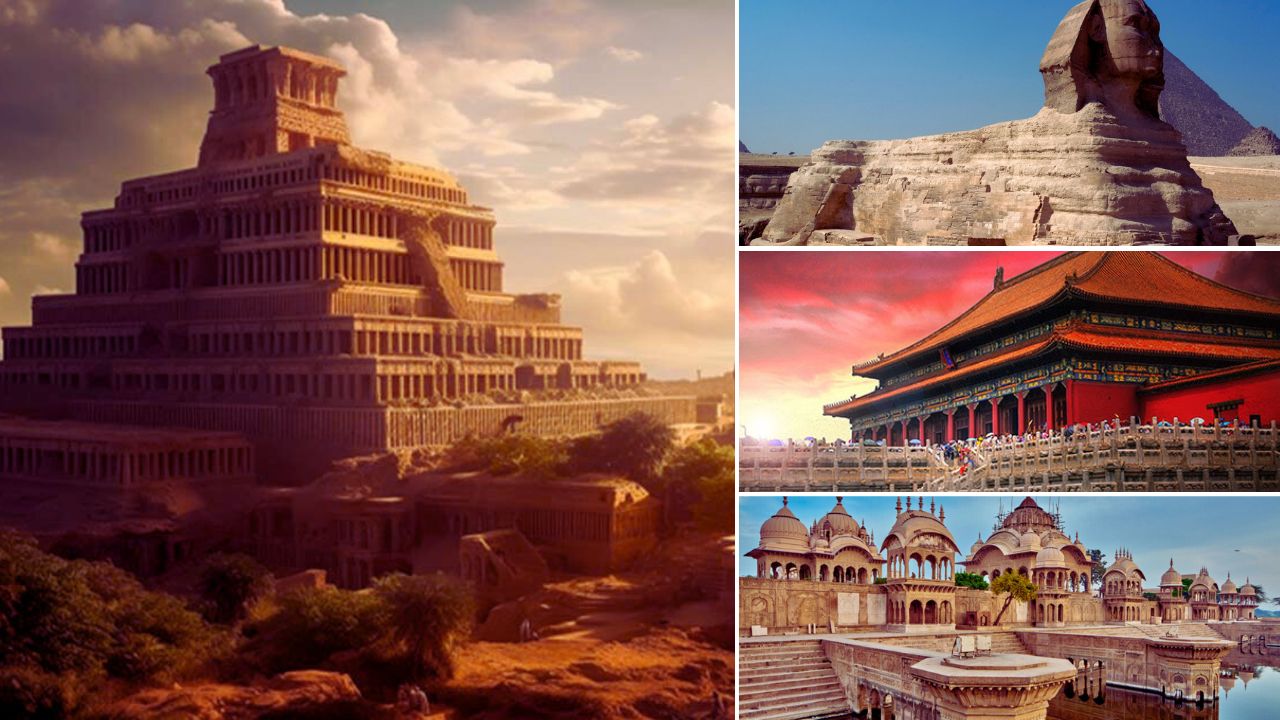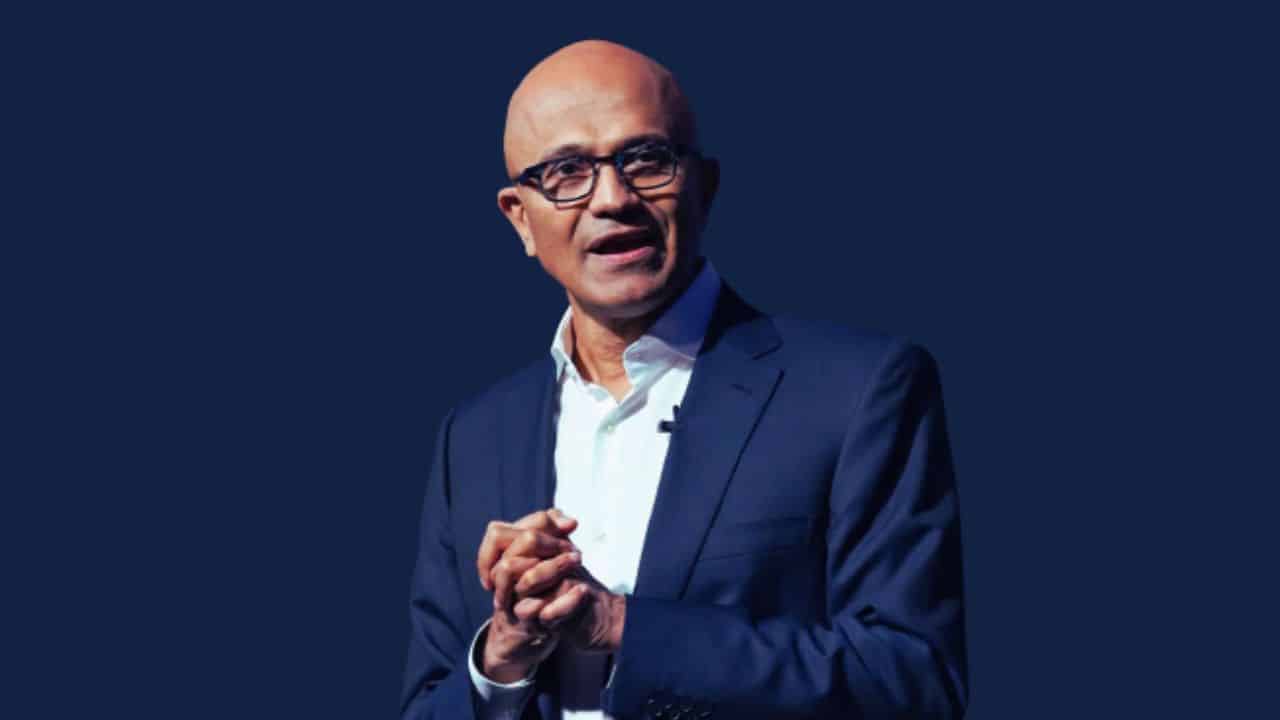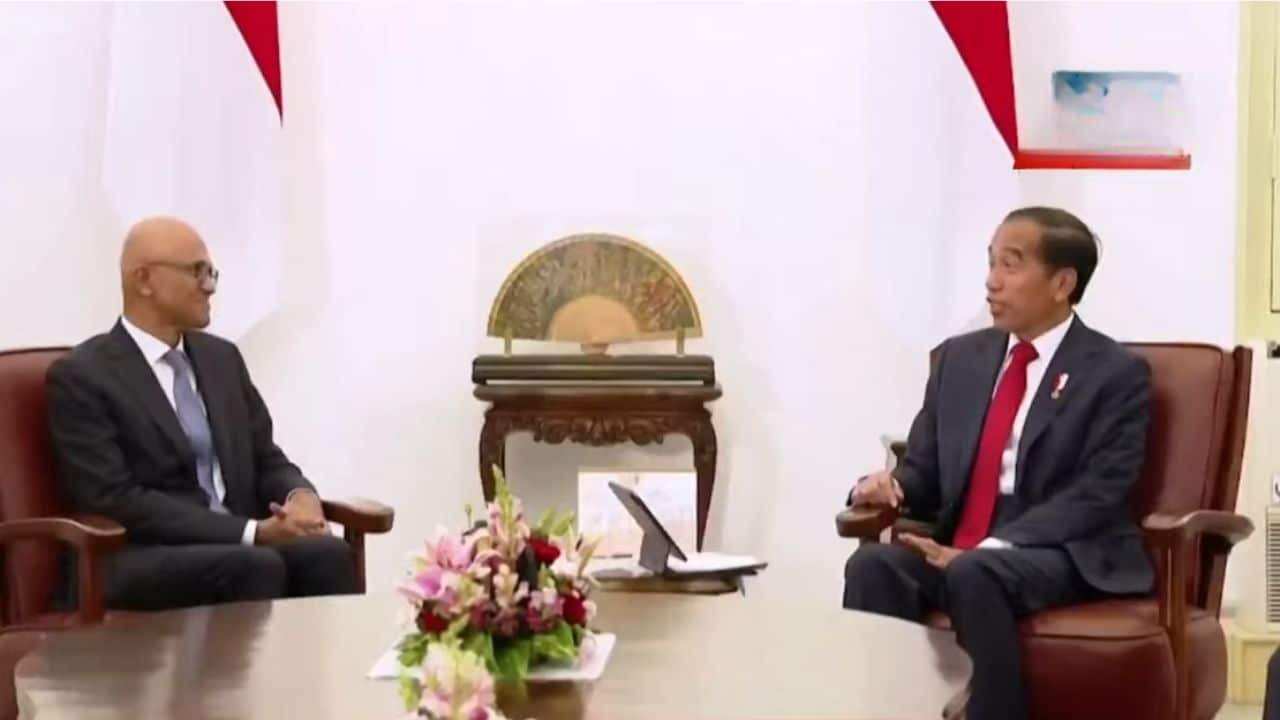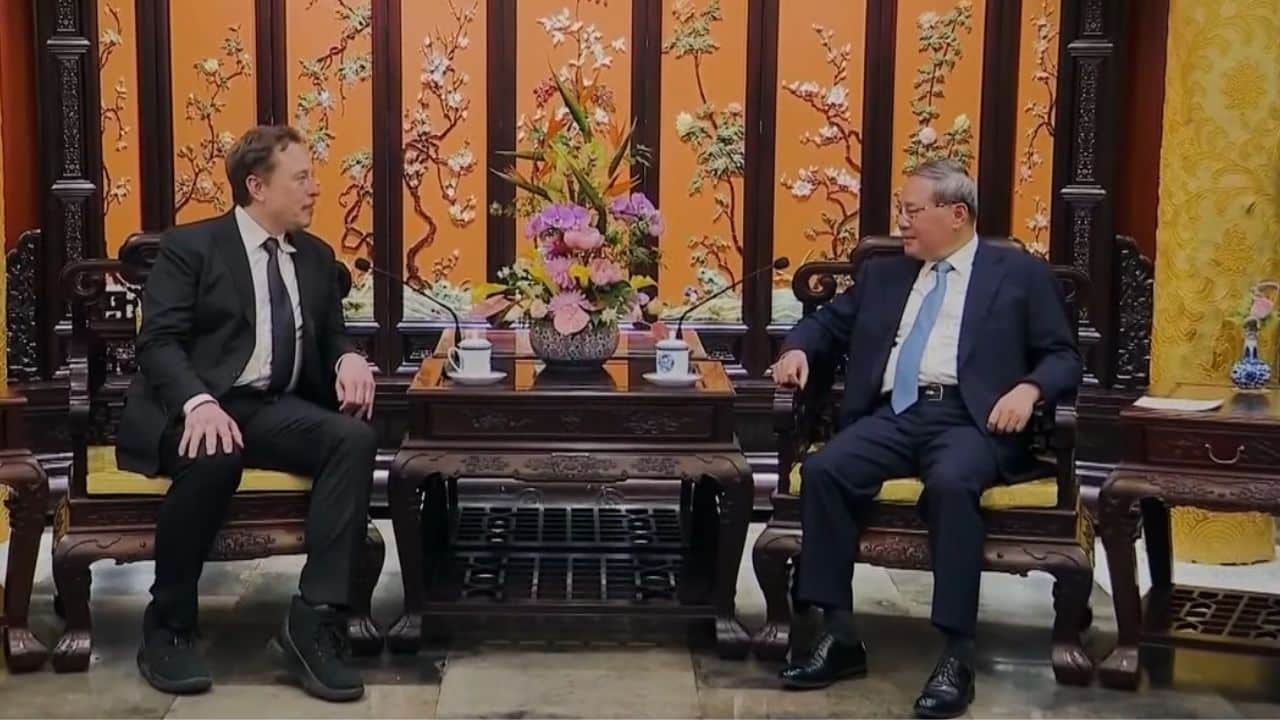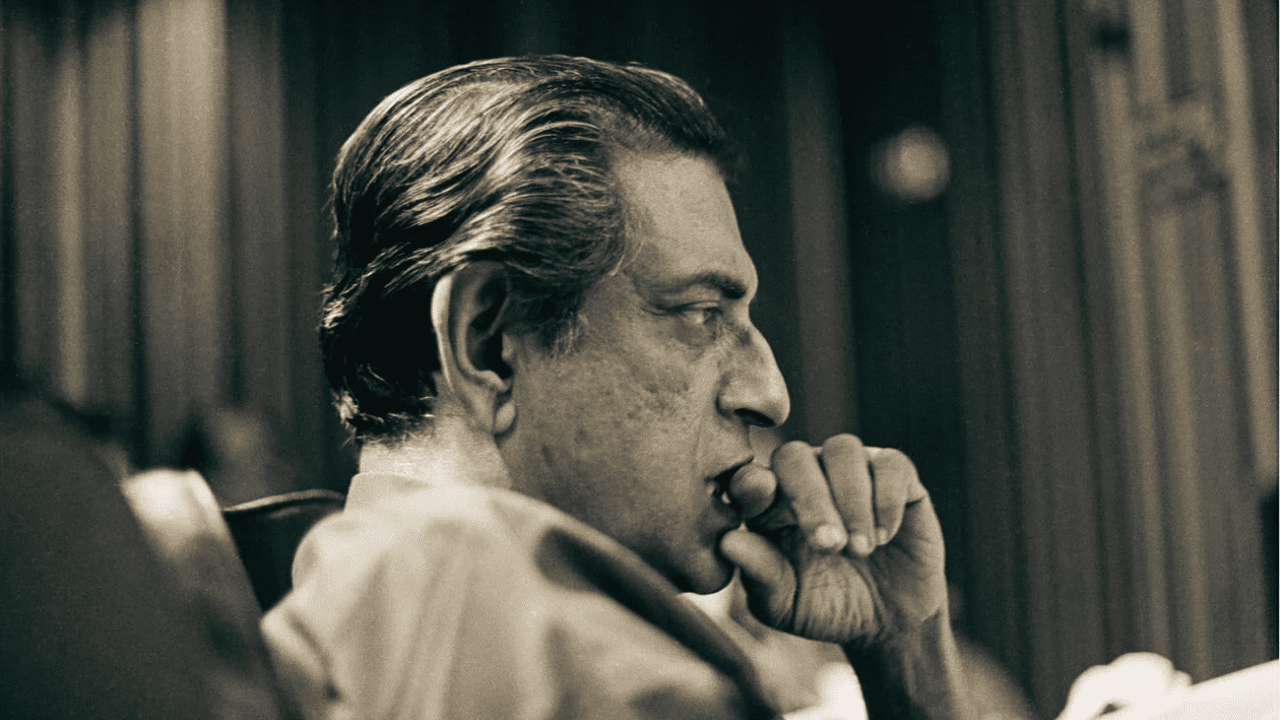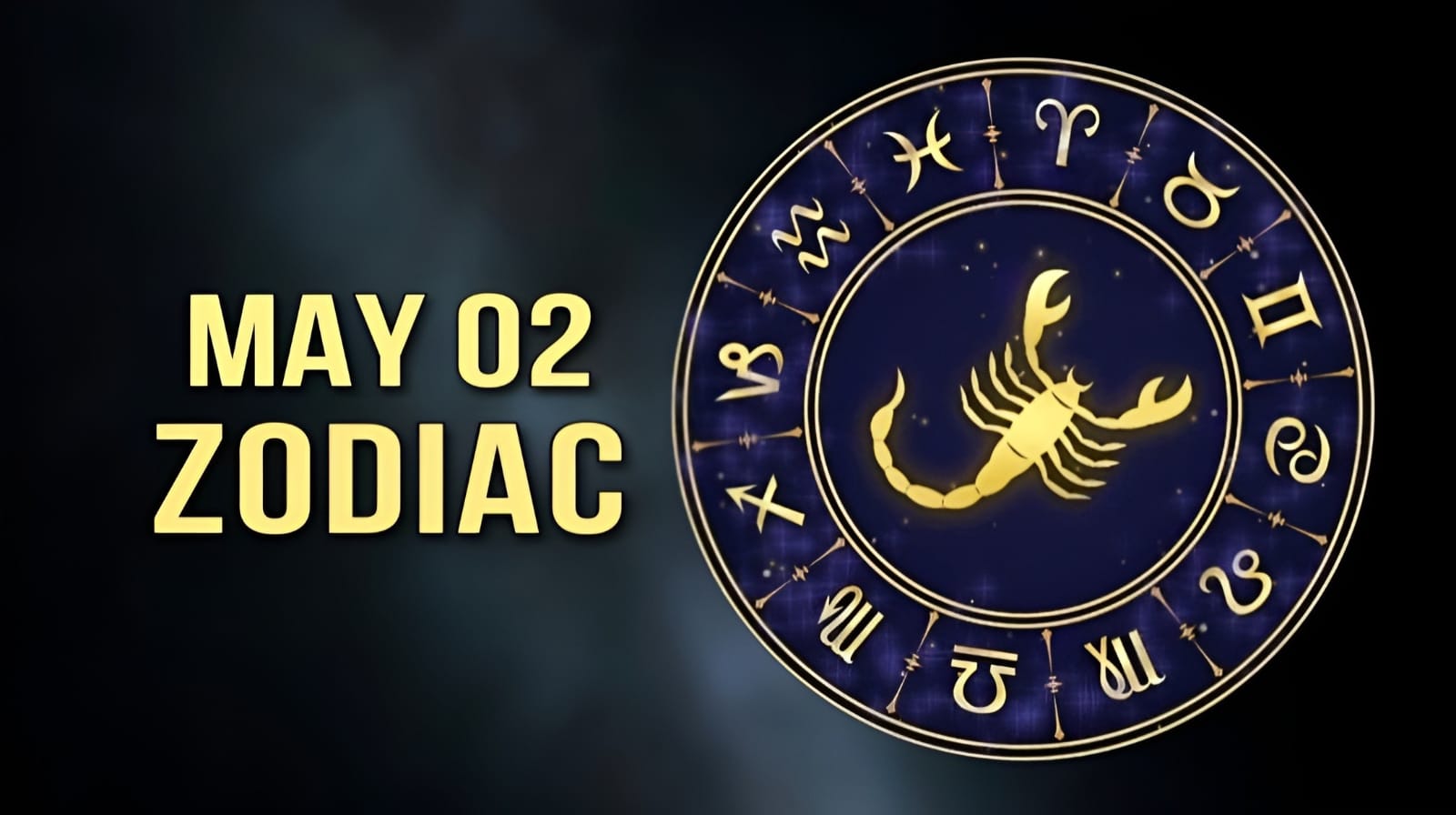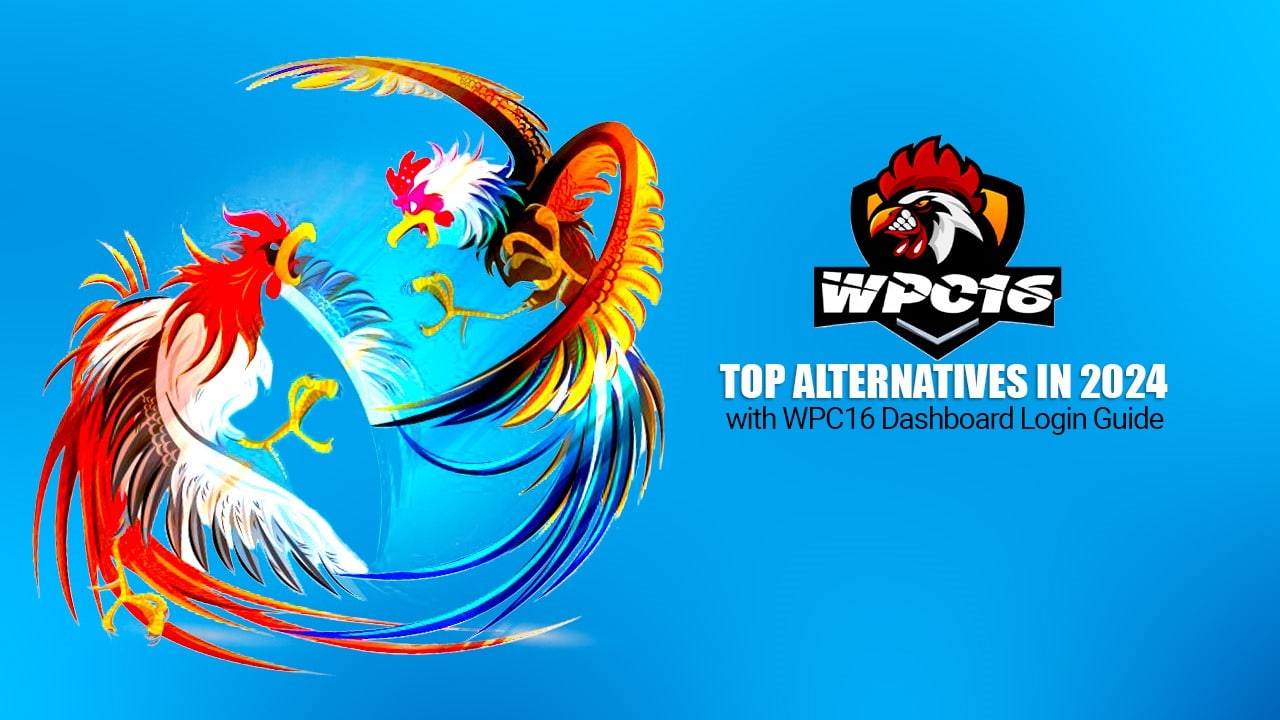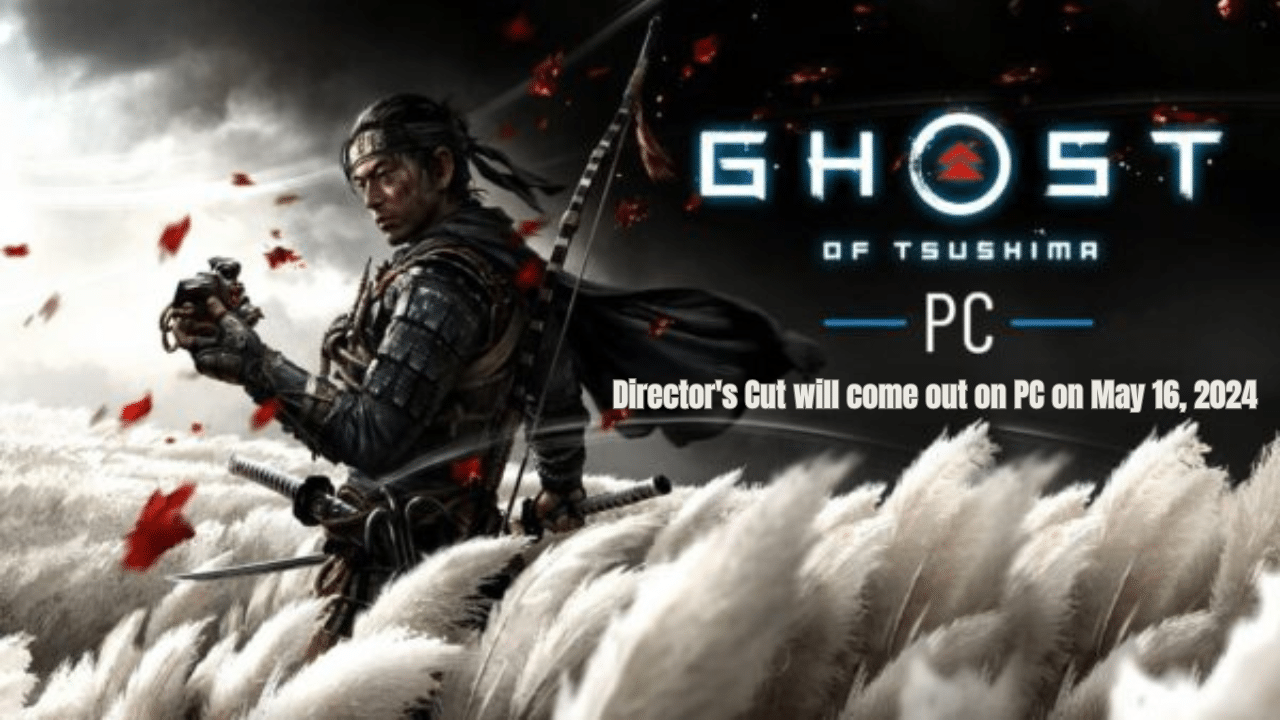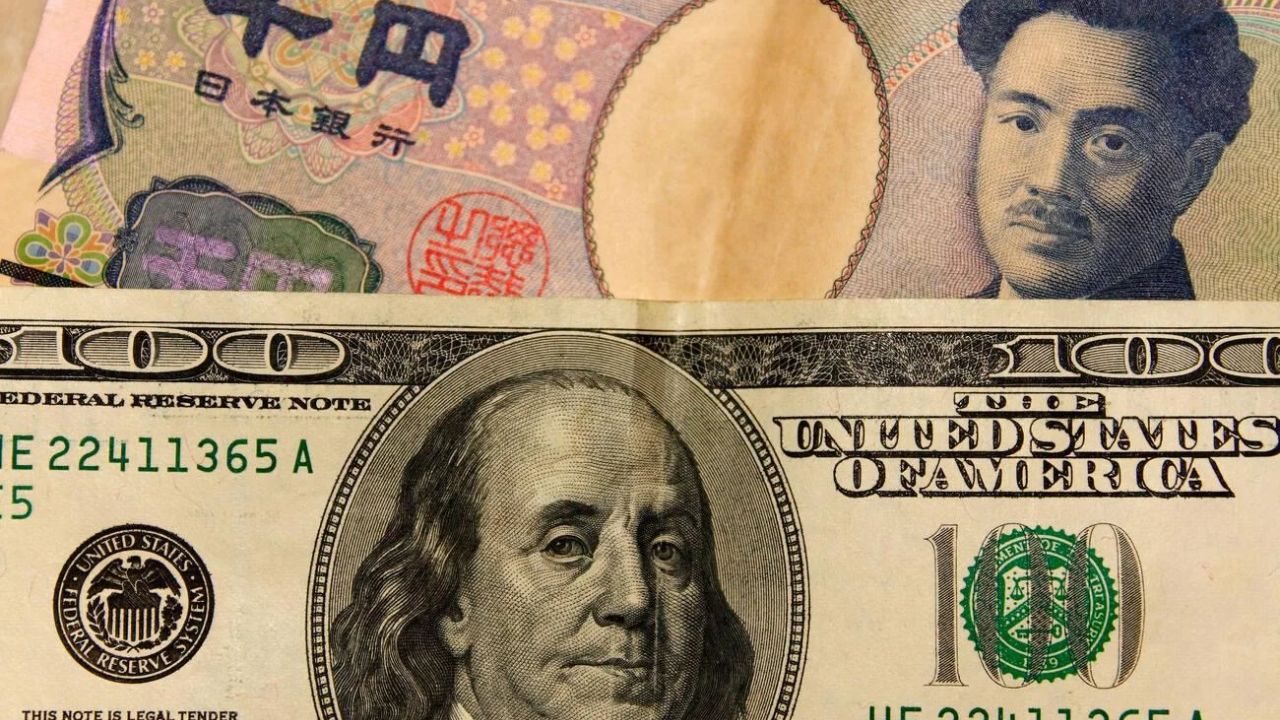Even though modern civilizations exist on every continent save Antarctica, most academics agree that the first civilizations originated in what are now Iraq, Egypt, India, China, Peru, and Mexico, starting between 4000 and 3000 B.C.
Beginning with Mesopotamia, these ancient, sophisticated societies created improvements in culture and technology, some of which are still in use today. According to Amanda Podany, author and emeritus professor of history at California State Polytechnic University, “a great many details of modern life, not just in the Middle East and the West, but across the globe, have origins that go back for thousands of years to the ancient cultures in their respective regions.”
Take a Look at the World’s Contributions From Six Ancient Civilizations.
1. Mesopotamia, 4000-3500 B.C.
Mesopotamia, which translates from Greek to mean “between two rivers” and includes the modern-day regions of Iraq, Kuwait, and Syria, is regarded as the cradle of civilization. Despite almost continual fighting, the culture that developed between the Tigris and Euphrates rivers is renowned for significant advances in literacy, astronomy, agriculture, law, mathematics, architecture, and more. The world’s first urban cities, such as Babylon, Ashur, and Akkad, were founded in Mesopotamia.
According to author, consultant, and retired professor of history at Tulane University Kenneth Harl, “Mesopotamia is the earliest urban literate civilization on the globe—and the Sumerians, who established the civilization, established the ground rules.” “Everyone else performs the menial labor, while those with research and writing skills govern society.”
One of the most well-known Mesopotamian inventions is the cuneiform writing system, which was employed to create the Code of Hammurabi. The base 60 numbering system, which they also invented, gave rise to the 60-second minute, 60-minute hour, and 360-degree circle. The year was originally split into 12 periods called after stars by Babylonian astrology, which is from whence the Greeks eventually developed the zodiac.
Mesopotamia was ultimately subjugated by Persia in 539 B.C. Centuries of turmoil ensued.
According to Podany, author of the upcoming book Weavers, Scribes, and Kings: A New History of the Ancient Near East, “many individual kingdoms came and went, and a few empires rose and fell for various reasons within the three millennia in which ancient Mesopotamia flourished.” However, the culture remained fundamentally unchanged from approximately 3500 BCE until 323 BCE—and even later, according to some. Although the region was seldom united, the culture was remarkably stable.
2. Ancient Egypt, 3100 B.C.
For over 3,000 years, ancient Egypt—possibly the most idealized of all former civilizations—was home to one of the greatest empires in history. The civilization, which once stretched from modern-day Syria to Sudan along the lush Nile River, is best renowned for its pyramids, tombs, and mausoleums, as well as its mummification rituals, which prepared bodies for the afterlife.
Harl, the author of Empires of the Steppes: How the Steppe Nomads Forged the Modern World, which will be published soon, claims that Egypt was the first country to use labor for architectural undertakings like the pyramids. “There is simply no comparison anywhere for the ability to gather 100,000 men to assemble the great pyramid in 2600 B.C.,” he claims.
He continues, “The Egyptians also demonstrated extraordinary skill in agriculture and medicine.” Additionally, they established great traditions in painting and sculpture.
In addition, the ancient Egyptians left behind sophisticated mathematical and writing systems. The cubit, a length unit about equal to the span of a forearm, was important in the construction of the pyramids and other buildings. During this time, they created the 365-day calendar and the 24-hour day. Additionally, they created the hieroglyphic pictorial writing system, which was succeeded by the hieroglyphic ink-on-papyrus method. After Alexander the Great’s conquest in 332 B.C., civilization came to an end. Additionally, you can also read about- Innovation and Urbanisation: Ranking the Top Smart Cities in Africa
3. Ancient India, 3300 B.C.
According to Harl, religion was highly valued in ancient India, the birthplace of Hinduism, along with magnificent literary traditions and amazing architectural designs. The concepts of reincarnation and the caste system based on birthright are found in the Upanishads, or sacred Hindu writings, and both have persisted until the contemporary era.
The Indus River Valley Civilization, which was established in what is now India, Afghanistan, and Pakistan, does not seem to have been destroyed by conflict like other ancient civilizations. Rather, experts in history and archaeology point to well-organized, sophisticated city planning, which includes grid structures, drainage, sewage, and water supply systems, as well as homogeneous baked-brick residences.
The drying up of the Saraswati River due to a tectonic shift or migration brought on by climatic change is often blamed for the collapse of the Indus Valley circa 1700 B.C. Some mention a massive flood.
4. Ancient China, 2000 B.C.
Nestled between the Yangtze and Yellow rivers and shielded by the Gobi Desert, the Pacific Ocean, and the Himalayan Mountains, the ancient Chinese civilizations thrived for ages without interference from outsiders. They erected fortifications, which some believe were the earliest prototypes of the Great Wall of China, to keep the Mongols out of their territory in the north in 220 B.C.
Generally classified into four dynasties, ancient China was ruled by a series of emperors: Xia, Shang, Zhou, and Qin. The civilization is credited with creating the printing press, which made it possible to publish and disseminate Sun Tzu’s The Art of War, which is still relevant today more than 2,500 years later, as well as the decimal system, abacus, and sundial.
Similar to the Egyptians, the ancient Chinese were adept at organizing their populace to construct extensive infrastructure. For example, the Grand Canal, built in the fifth century to connect the Yangtze and Yellow rivers, made it possible for large quantities of supplies and soldiers to travel across the nation.
According to Harl, “China is arguably the most prosperous centralized state in human history.” “And is without a doubt the greatest civilization to have survived on Earth at various points in human history.”
5. Ancient Peru, 1200 B.C.
Many cultures, like the Chavín, Paracas, Nazca, Huari, Moche, and Inca, derived their civilization from Peru. In these societies, archaeologists have discovered evidence of advanced medical and agricultural practices, as well as metallurgy and ceramics.
The enormous Inca Empire, which spanned modern-day Colombia to Chile and is famous for the Andean city of Machu Picchu with its intricate urban grid, represents the pinnacle of civilization.
The Incas employed images and symbols instead of creating a writing system. Nonetheless, they developed advanced agricultural and architectural improvements, paved roads over rocky terrain to connect towns and settlements, and used a knot-based accounting system.
According to Harl, the Inca populations were decimated by smallpox and other diseases brought to South America by the Spaniards, which led to an internal weakness that aided in the conquest of 1532 by Francisco Pizarro. He claims, “So many people were dying from disease—they had no immunity.” Therefore, sickness brought in from the outside contributed to the Incas’ collapse of Peruvian civilization, not the state itself deteriorating noticeably.
6. Ancient Mesoamerica, 1200 B.C.
Several Indigenous cultures previously inhabited parts of modern-day Mexico and Central America. The Olmec, who lived there circa 1200 B.C., was followed in time by the Zapotec, Maya, Toltec, and, finally, the Aztecs.
A bountiful land contributed to agricultural advancements; key crops were corn, beans, avocado, vanilla, peppers, squashes, and cotton. Discoveries include elaborate pottery, stone monuments, turquoise jewelry, pyramid-style temples, and other fine arts. Researchers think the Zapotecs created Mesoamerica’s first writing system and calendar, while the Mayans are renowned for their achievements in astronomy, mathematics, architecture, and hieroglyphics.
On little islands in Lake Texcoco, the nomadic Aztecs established Tenochtitlan (modern-day Mexico City) in 1325, and the city quickly developed into a thriving trading hub. The Aztecs conducted human sacrifice and bloodletting, employed a type of picture writing, kept a 260-day ceremonial calendar in addition to a 365-solar calendar, and produced artwork using stone, feathers, mosaics, and terracotta.
The Aztec civilization was destroyed by 1521 as a result of the Spanish invasion commanded by Hernán Cortéz in 1519 and supported by the Aztecs’ enemies in Mesoamerica. According to Harl, the Aztecs were having a lot of trouble keeping control over their subject tribes when Cortez arrived. “They were greatly hated, and Cortez gave enough advantage to all those disadvantaged subjects to topple the Aztec Empire.”


